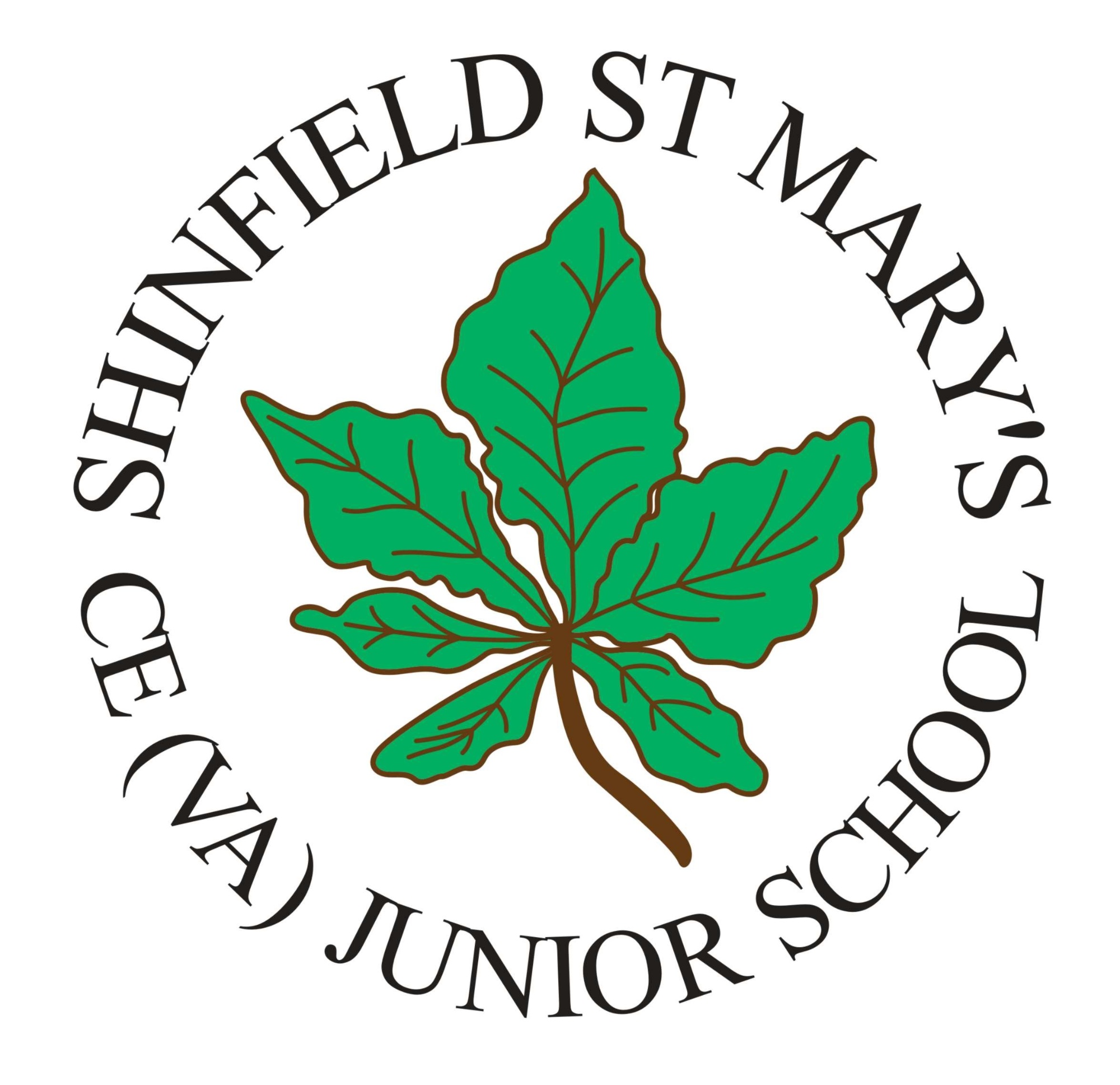2. Implementation
Computing lessons occur weekly in all year groups and computing skills are also embedded in across the curriculum. The majority of the computing curriculum is taught through The National Centre for Computing Education’s Teach Computing scheme with elements also taken from Apple’s Everyone Can Code scheme and Code Studio, while online safety lessons are taken from Project Evolve.
The National Centre for Computing Education’s pedagogical approach consists of 12 key principles underpinned by research: each principle has been shown to contribute to effective teaching and learning in computing. These 12 principles are embodied by the Teach Computing Curriculum, and examples of their application can be found throughout the units of work.
- Lead with concepts
Support pupils in the acquisition of knowledge, through the use of key concepts, terms, and vocabulary, providing opportunities to build a shared and consistent understanding. Glossaries, concept maps, and displays, along with regular recall and revision, can support this approach.
- Work together
Encourage collaboration, specifically using pair programming and peer instruction, and also structured group tasks. Working together stimulates classroom dialogue, articulation of concepts, and development of shared understanding
- Get hands-on
Use physical computing and making activities that offer tactile and sensory experiences to enhance learning. Combining electronics and programming with arts and crafts (especially through exploratory projects) provides pupils with a creative, engaging context to explore and apply
- Unplug, unpack, repack
Teach new concepts by first unpacking complex terms and ideas, exploring these ideas in unplugged and familiar contexts, then repacking this new understanding into the original concept. This approach (semantic waves) can help pupils develop a secure understanding of complex concepts.
- Model everything
Model processes or practices — everything from debugging code to binary number conversions — using techniques such as worked examples and live coding. Modelling is particularly beneficial to novices, providing scaffolding that can be gradually taken away.
- Foster program comprehension
Use a variety of activities to consolidate knowledge and understanding of the function and structure of programs, including debugging, tracing, and Parson’s Problems. Regular comprehension activities will help secure understanding and build connections with new knowledge.
- Create projects
Use project-based learning activities to provide pupils with the opportunity to apply and consolidate their knowledge and understanding. Design is an important, often overlooked aspect of computing. Pupils can consider how to develop an artefact for a particular user or function, and evaluate it against a set of criteria.
- Add variety
Provide activities with different levels of direction, scaffolding, and support that promote learning, ranging from highly structured to more exploratory tasks. Adapting your instruction to suit different objectives will help keep all pupils engaged and encourage greater independence.
- Challenge misconceptions
Use formative questioning to uncover misconceptions and adapt teaching to address them as they occur. Awareness of common misconceptions alongside discussion, concept mapping, peer instruction, or simple quizzes can help identify areas of confusion.
- Make concrete
Bring abstract concepts to life with real world, contextual examples and a focus on interdependencies with other curriculum subjects. This can be achieved through the use of unplugged activities, proposing analogies, storytelling around concepts, and finding examples of the concepts in pupils’ lives.
- Structure lessons
Use supportive frameworks when planning lessons, such as PRIMM (Predict, Run, Investigate, Modify, Make) and Use-Modify-Create. These frameworks are based on research and ensure that differentiation can be built in at various stages of the lesson.
- Read and explore code first
When teaching programming, focus first on code ‘reading’ activities, before code writing. With both block-based and text-based programming, encourage pupils to review and interpret blocks of code. Research has shown that being able to read, trace, and explain code augments pupils’ ability to write code.
Within each lesson, opportunities for formative assessment are built in. Summative assessments are provided at the end of each unit in the form of either a rubric or a multiple choice quiz. Teachers base their judgments on these and using the curriculum objectives. This is recorded for each individual child on FFT.
Staff receive regular CPD training through staff meetings to support their understanding and delivery of the curriculum and in the use of the technology requirements. Staff are supported by the computing subject leader individually and in year group teams for more specific training needs as required.
